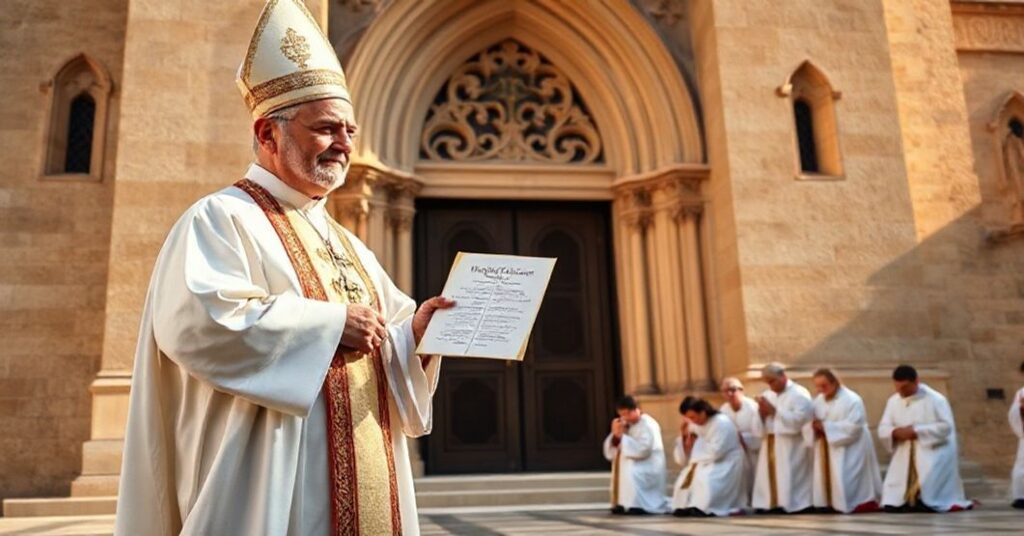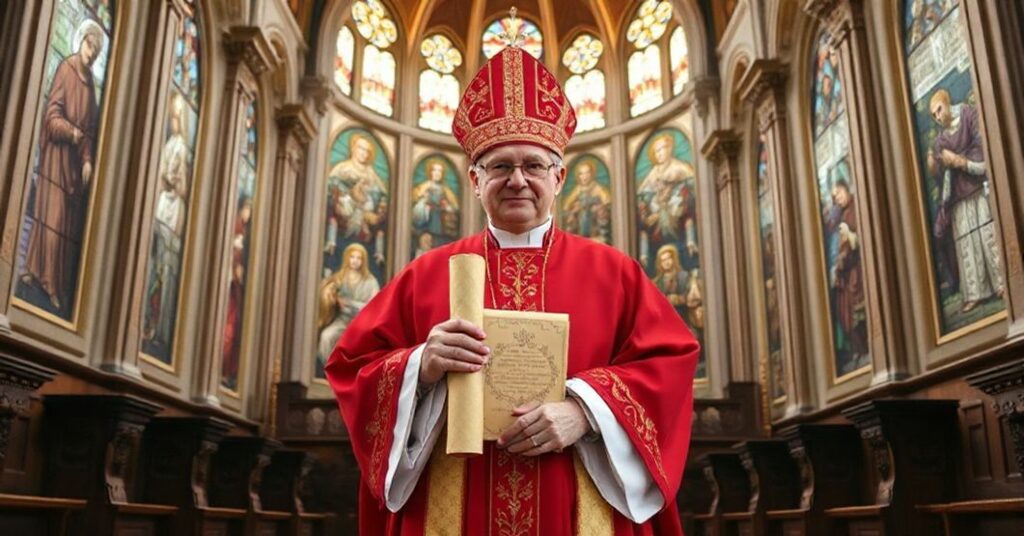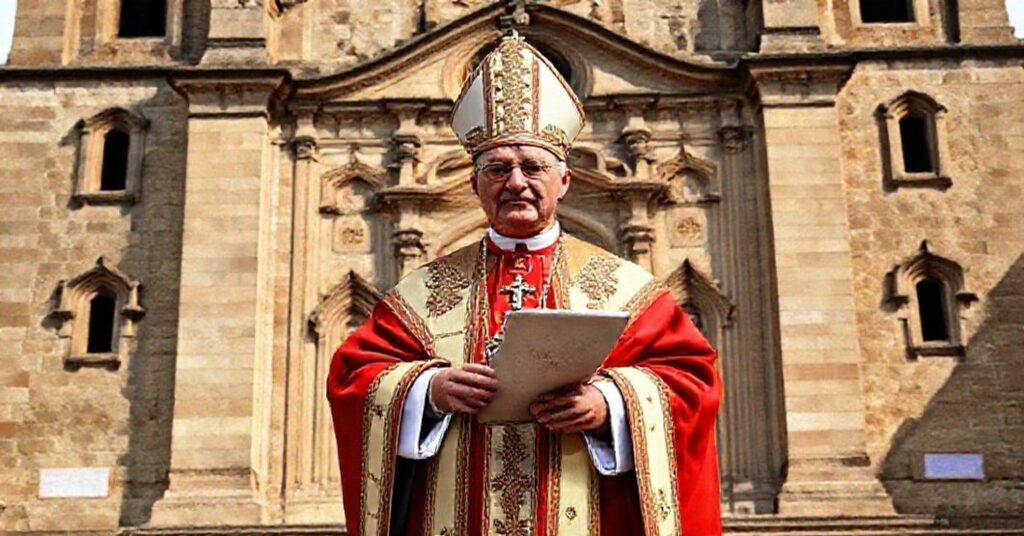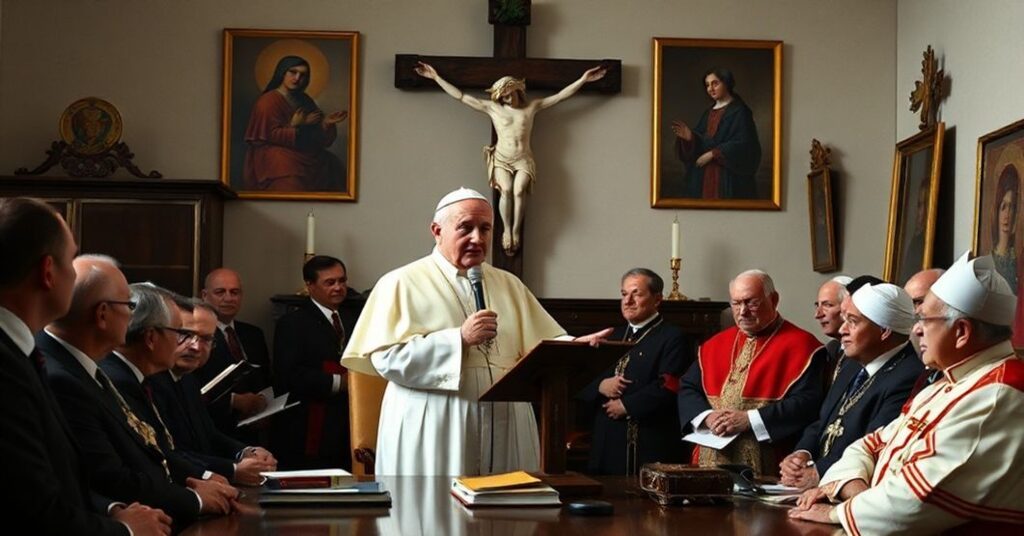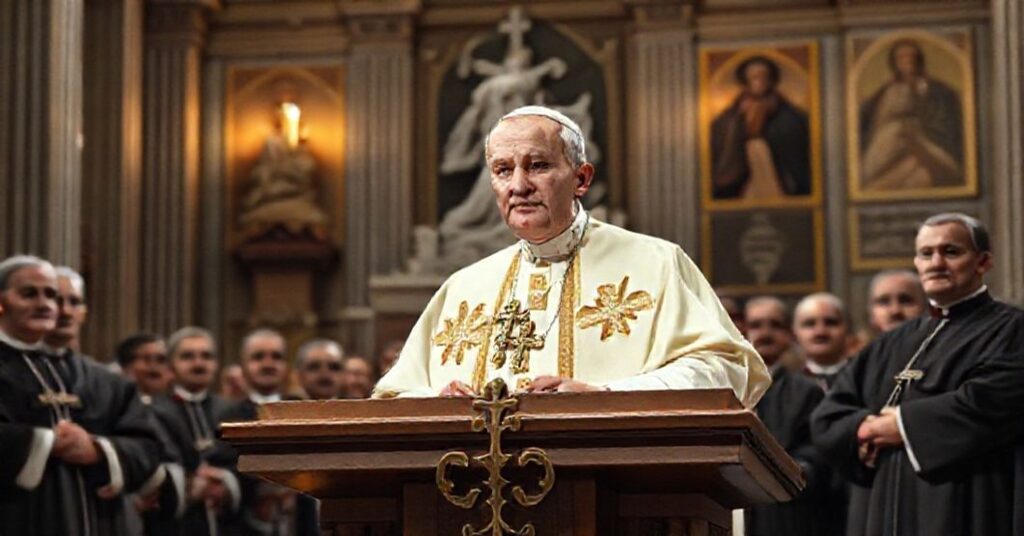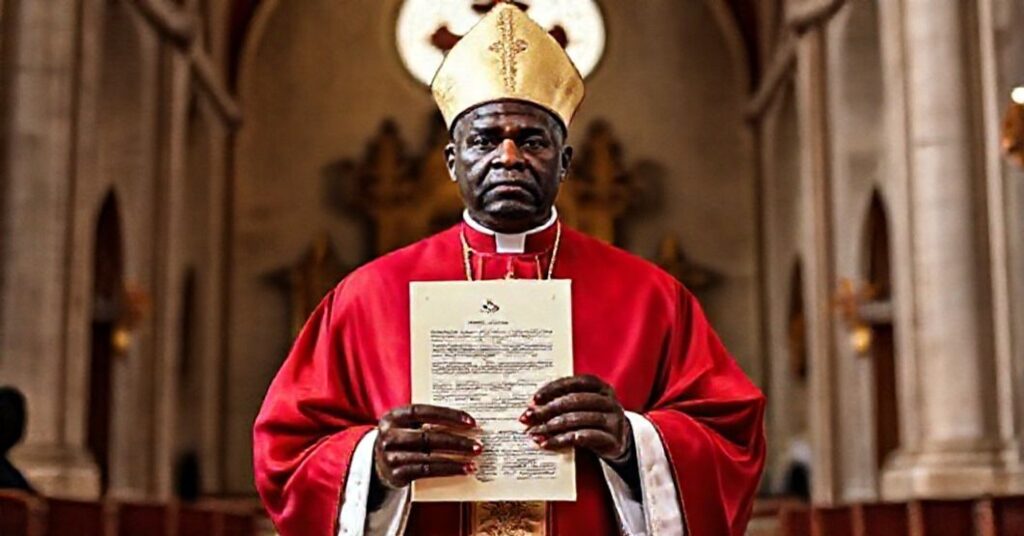Allocutio Ioannis XXIII ad Commissionem Centralem (1962.05.12)
In this short address of 12 May 1962, antipope John XXIII congratulates the Central Commission preparing Vatican II, praises their labors, expresses tranquil confidence and hope that the coming council—described with the now-familiar image of a “new Pentecost”—will bring abundant fruits for the Church and all humanity, warns discreetly against trusting too much in earthly institutions, and invokes St Paul as a model for their work in view of the “Kingdom of God,” concluding with his “apostolic blessing.” This apparently devout and benign speech is in reality a distilled manifesto of conciliar naturalism, sentimental optimism, and institutionalized ambiguity, preparing the way for the systematic dismantling of the visible reign of Christ the King and the subversion of the Catholic Church into the conciliar sect.


